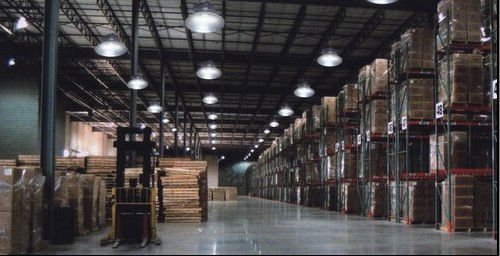Are you in need of rare or discontinued parts for your electromechanical projects or business needs? Do you lack the manufacturer connections to locate and order those hard-to-find items? Or, do you have excess inventory you need to sell for the guaranteed best price? At IC Plus, we do it all for you: buy your excess inventory, sell quality components at the best rates in the industry, and ensure that you get the customer service and support you need while managing your inventory.
We have over twenty years of experience in the industry of electronic parts components distribution. That means twenty years of experience connecting, networking and trading with leading industry manufacturers. We buy and sell all types of electronic components, such as diodes, capacitors, transistors, integrated circuits and electro-mechanical devices. We specialize in hard-to-find and obsolete parts, and can procure almost anything for our clients. We also specialize in and sell surplus circuit protection.
Because of our dedication to providing only the highest quality circuit protection components, we have become known throughout the industry. There are several types of circuit protection in which we specialize, including Network Protectors, Surge Protectors, Surge Protection Devices and Transient Voltage Surge Suppressors. Circuit protection works as a kind of insurance policy against surges and current disruptions caused by environmental factors such as lightning. Each works in different ways and is tailored to provide a specific type of circuit protection you need for your grid or spot network.

A call to one of our sales technicians can help you with any questions you may have as you decide which solution works best for you. And because we sell surplus circuit protection on such a large scale to such a wide variety of customers, we have become one of the most trusted electronic components vendors in the industry.
But we don’t only sell surplus circuit protection. We sell almost every electronic component under the sun. Our complete line card can be found on our website, where you can search for what you need by part type, part number or manufacturer. With partners such as Texas Instruments, Hewlett-Packard and National, we sell only the highest quality parts as we constantly update our lists of new arrivals and top-selling products. We make it easy for you to find what you need, whether what you need is to purchase a quantity of obsolete components or sell your excess inventory on consignment.
At IC Plus, we sell surplus circuit protection, buy excess inventories of diodes and capacitors, and everything in between. We are constantly growing our enormous stock of electronic components and look forward to making you our next satisfied customer.






